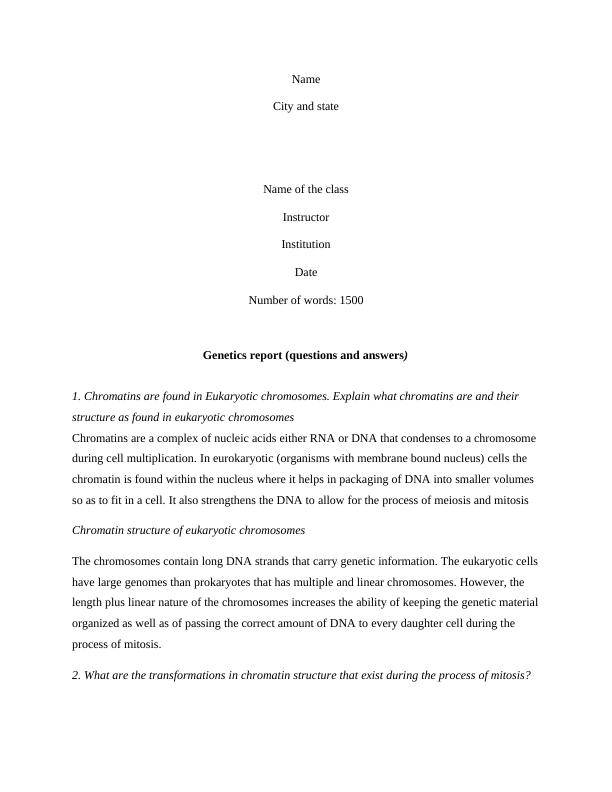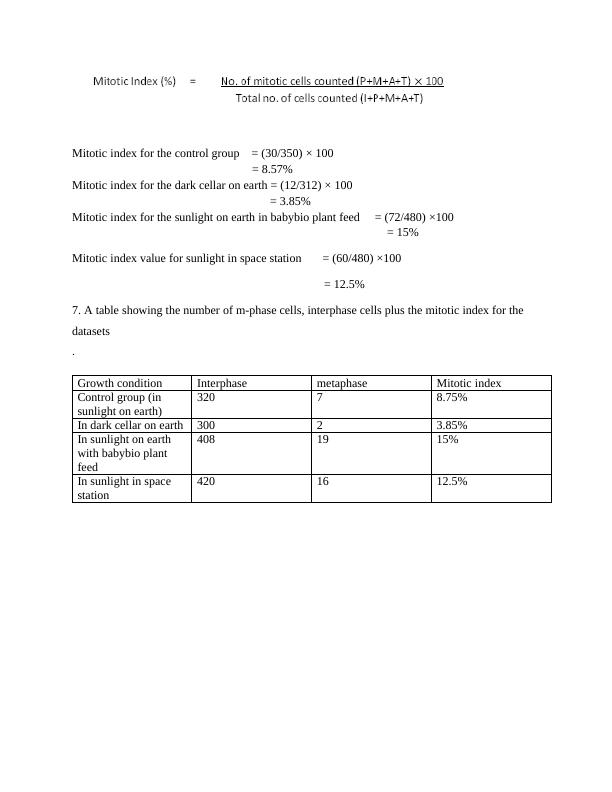Ask a question from expert
BHS006-1 Chemistry and Molecular Genetics
8 Pages1841 Words203 Views
University of Bedfordshire
Chemistry and Molecular Genetics (BHS006-1)
Added on 2020-04-21
BHS006-1 Chemistry and Molecular Genetics
University of Bedfordshire
Chemistry and Molecular Genetics (BHS006-1)
Added on 2020-04-21
BookmarkShareRelated Documents
End of preview
Want to access all the pages? Upload your documents or become a member.
Significance of Chromosomal Behaviour during Cell Division
|7
|929
|271
Cell Division and Heredity Assignment
|11
|2271
|230
Diagrams for Meiosis and Mitosis with Importance in Gamete Formation and Variation
|7
|659
|127
Biochemistry Learning
|5
|1160
|253
Mitosis and Meiosis: Significance and Description
|16
|2332
|210
Mitosis and Meiosis | Report
|9
|532
|23


